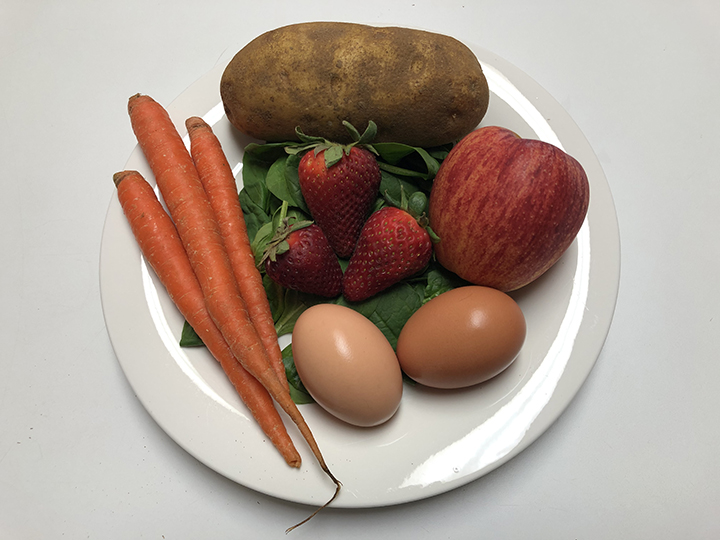By Rochelle McCracken
Are you familiar with the Slow Food movement? The first thing that came to mind for me was the infamous story of the race between the slow-moving tortoise and the hare. Having moved back to this area a while ago from a very rural setting, it reminded me of the turtle soup recipes all my neighbors prided themselves in preparing. However, this is not the Slow Food movement. Slow Food is an organization that promotes an alternative to fast food by using locally raised food to prepare regional dishes. The concept was founded in Italy in 1986 by Carlo Petrini. The intent was to preserve regionally traditional cuisine using plants, seeds and livestock indigenous to the local ecosystem. It was the beginning of what we now recognize as the promotion of sustainable food practices to promote local businesses and the deglobalization of agricultural practices. It is a movement believed to encourage people to take the time to enjoy their food and its origins. A time where we can sit at the table with family and friends to enjoy their company and relax. This thought overwhelmed me with memories of holidays on my grandparent’s farm.
My grandparents harvested everything they ate from the farm. Meat was procured in the field and hung in the meat house when the temperatures were chilly, preserving the quality of the meat until canning as freezers were not an option for many in the rural community. Vegetables and produce were harvested from the garden and canned for the winter. Potatoes found their way to the cellar’s cold storage where they were preserved and wouldn’t freeze. We ate this food until more was harvested the following year. Some seeds and potatoes were saved to replant for the next year’s harvest. It seems like this is where we want to be again. Knowing where our food came from and how it was processed is important..
While the movement seems idealistic in its concept it has met with criticism. It’s been chastised as a fad only available to those of a certain socioeconomic status, an elitist. This was recognized by the founder of the movement and he soon set out to modify the concept. He wanted to promote the alternate food approach that sought local, healthy, community-based food sources and make it more accessible to the masses. Now this movement is flooding our dining rooms and grocery stores nationwide. There are books and websites dedicated to raising your own food and numerous farmer’s markets promoting locally grown and raised. It’s our return to recognizing the need to be more eco-friendly and nurture our bodies and souls with meals we can appreciate when eaten. The main mission of the Slow Food movement is to slow down our fast paced, fast food lifestyle. It wants to encourage all to return to protecting the biodiversity in our food supply, educate the public on fresh taste, and connect people to local producers. Are you interested? To find your closest Slow Food chapter log into www.slowfoodusa.org Meanwhile, seek out your local farmers market and purchase some locally grown foods.
